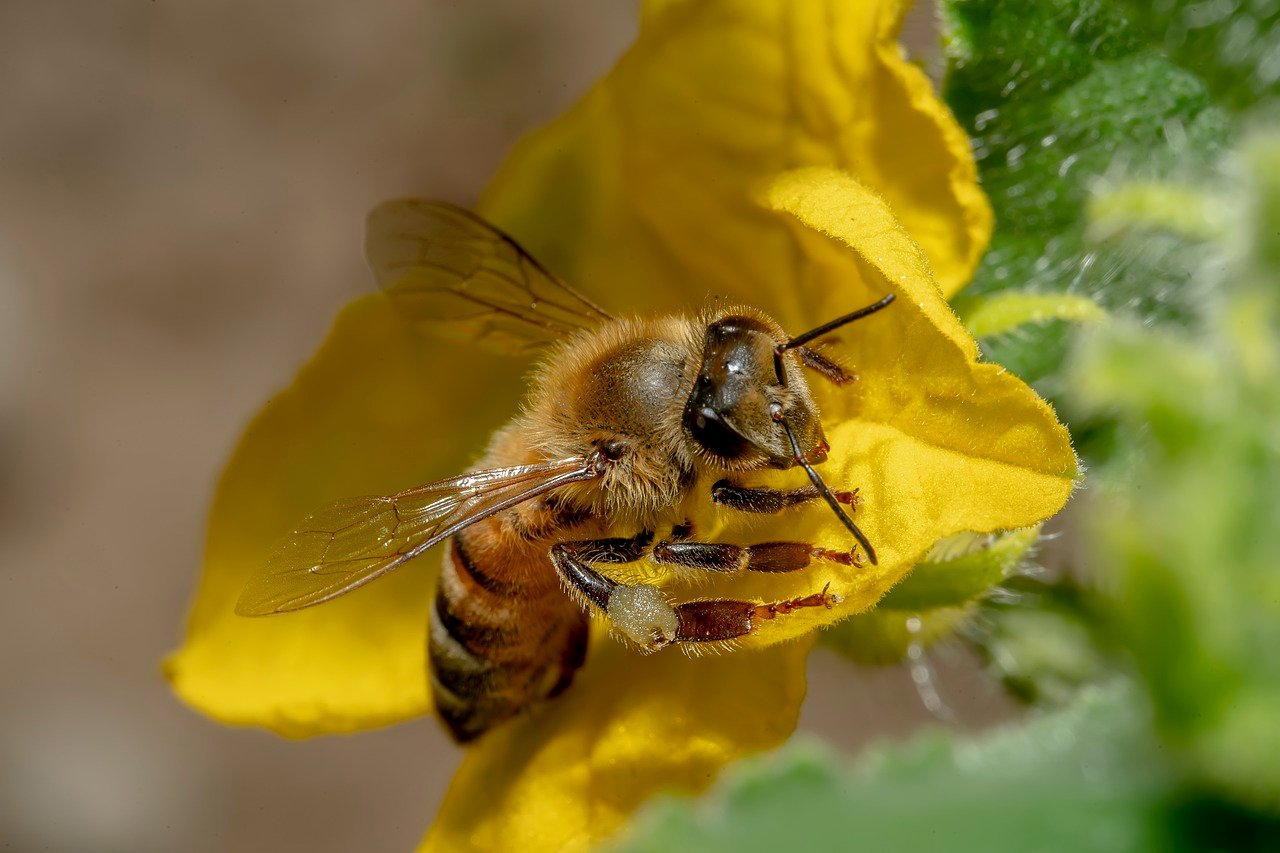Honey bees, those vital pollinators buzzing around flowers, pack a surprising punch in their tiny bodies: a sting. But unlike wasps or bumblebees who can sting repeatedly, a honeybee’s sting comes at a deadly cost – its own life.
The Barbed Weapon:
The culprit behind this fatal sting is the honeybee’s unique stinger. Unlike smooth stingers of other insects, a honeybee’s stinger is barbed, designed to pierce and stay put. When a bee feels threatened and stings, the barbs become lodged in the target’s skin.
The Deadly Struggle:
Here’s where things take a tragic turn. As the bee tries to fly away, the barbs snag on the skin. This desperate struggle to escape leads to a horrifying outcome – the stinger rips free from the bee’s abdomen, tearing away vital organs like muscles, nerves, and even parts of its digestive system.
A Sacrificial Act:
This internal injury is fatal for the bee. The loss of vital organs leads to severe trauma and bleeding, resulting in the bee’s demise. It’s a truly kamikaze defense mechanism – the bee sacrifices itself to protect the hive.
Nature’s Trade-Off:
This one-time-use stinger is a fascinating evolutionary quirk. It’s a trade-off: a potent defense system for the hive at the expense of the individual bee’s life.
So, the next time you encounter a honeybee, remember this silent pact. Their sting, while painful for us, represents an ultimate act of selflessness for the greater good of the hive.



